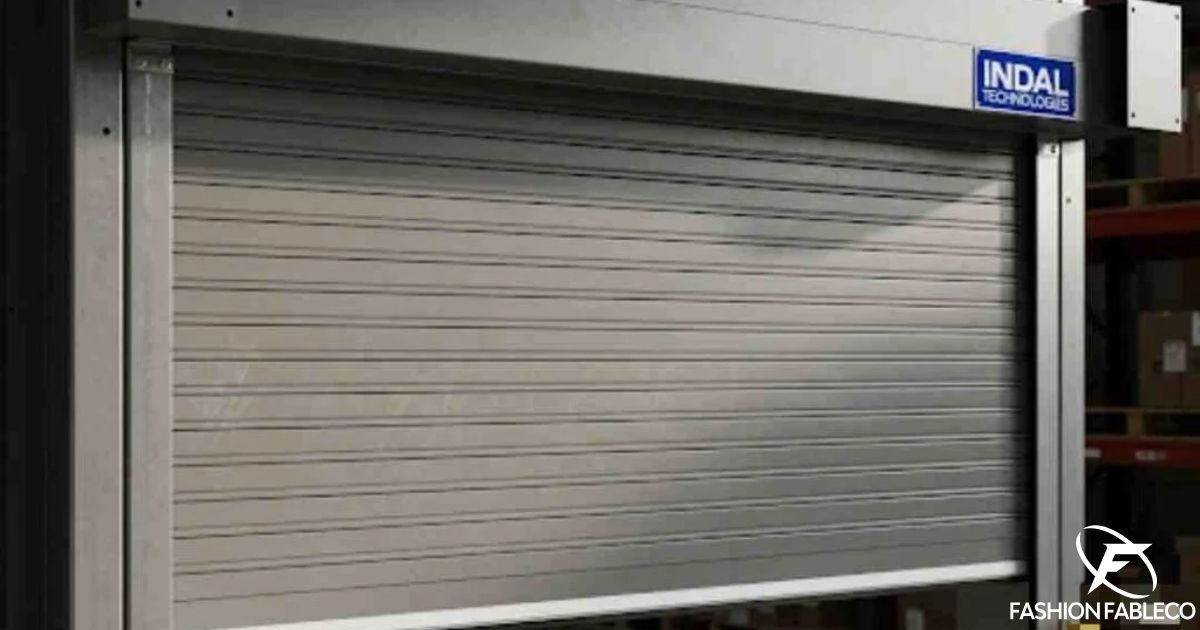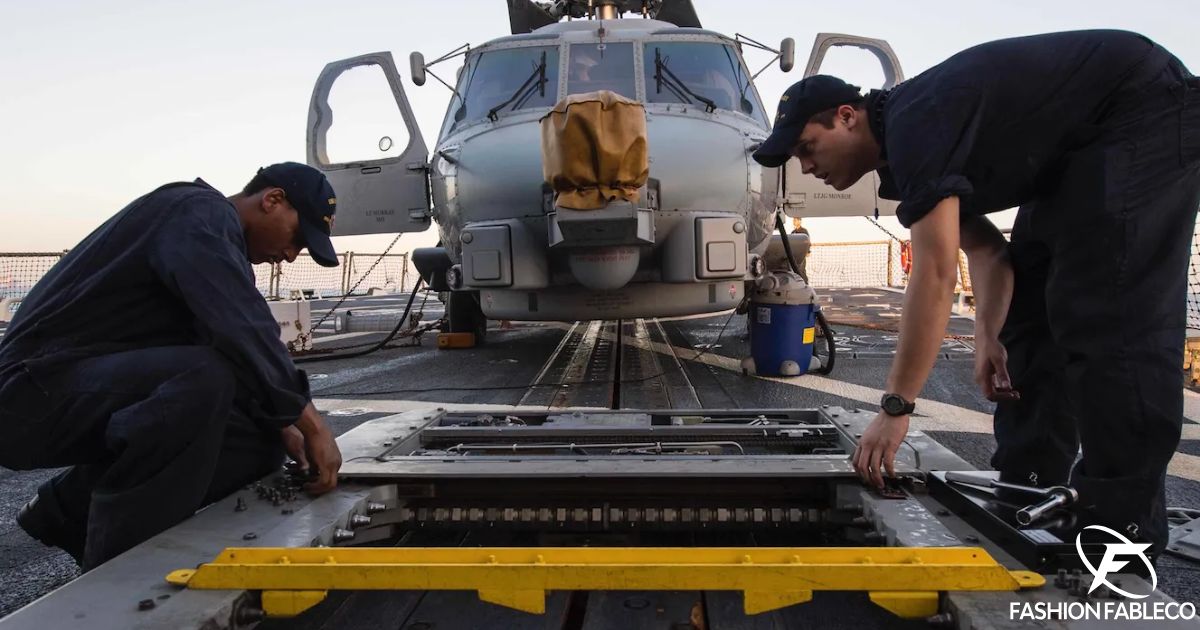Indal Technologies Roller Curtain Door: Features, Benefits, and Complete Guide (2025 Update)
In the world of heavy-duty infrastructure, the Indal Technologies Roller Curtain Door stands as a modern marvel of engineering and innovation. Designed for aviation hangars, military and naval facilities, and large industrial complexes, this roller curtain door system delivers unmatched reliability, durability, and efficiency. Built by Curtiss-Wright, it redefines what’s possible for industrial door solutions, combining strength, flexibility, and advanced automation in one seamless structure.
Whether you’re protecting aircraft, ships, or sensitive manufacturing environments, this door ensures superior safety, energy efficiency, and weather resistance. In this 2025 guide, we’ll explore its features, benefits, installation process, and how it’s transforming modern hangar door technology across industries.
What Is the Indal Technologies Roller Curtain Door?

The Indal Technologies Roller Curtain Door is a next-generation hangar door built for the harshest environments. Unlike rigid panels, this fabric curtain door rolls up into a compact barrel above the opening. That means it frees up space, reduces structural bulk, and delivers environmental control with fewer weak points. It’s part of industrial door solutions favored by aviation hangars, military and naval facilities, shipyards and dry docks, and large-scale door system users where standard doors simply won’t cut it.
You’ll find it in aerial maintenance bays, naval docks, or large manufacturing plants. Powered by Curtiss-Wright’s engineering pedigree, this high-performance door replaces bulky rigid gates with a smarter, more flexible barrier. If you need secure facility access for something larger than trucks—think jumbo-jets or ship hulls—this roller curtain design excels.
How the Indal Roller Curtain Door Works — Inside the Engineering

When you press “open,” the door uses a motor and drive mechanism that lifts hundreds or even thousands of pounds of curtain with precision. Inside there’s a drive and gearbox assembly that distributes torque evenly so the curtain raises and lowers without jerking. Many systems include a variable frequency drive (VFD) to smooth starts and stops, protect components, and support high-speed operation.
The curtain itself is made from a polyester-based textile that’s treated and layered to resist damage. Overlaid with a PVC-coated curtain finish, it becomes more durable and holds up against moisture, sunlight, and abrasion. You’ll see horizontal stiffeners built into the fabric to keep it steady under high winds. All this engineering precision gives the door strength without turning it into a brick wall.
Core Features That Define Indal Technologies Roller Curtain Door

High-end components set this system apart from older styles. Its fire-retardant material curtain offers safety in climate-controlled facilities where fire codes matter, while UV protection keeps the fabric safe in strong sunlight. Advanced sensors like photo-eye sensors guard against objects in the doorway and stop the curtain before damage occurs. Meanwhile, a safety edge built into the base reverses motion the moment it’s pinched or blocked.
In case something fails, an emergency braking system prevents the curtain from free-falling. There’s even a manual override so you can open or close the door if power goes down. These safety mechanisms are critical in industrial or military settings where personnel protection means everything. Because of this design, you get operational performance that supports high traffic, even in extreme conditions.
Major Benefits of Using Indal Technologies Roller Curtain Door

Choosing this kind of door delivers unmatched weather resistance and long-term strength. The flexible curtain absorbs minor impacts in ways rigid panels can’t. That means less damage after storms, deliveries, or vehicular traffic. That kind of impact resistance reduces downtime and extends the long service life of your infrastructure.
Operational efficiency improves because the door opens and closes faster than many older systems. When doors cycle quickly you reduce drafts in climate-controlled facilities and you preserve indoor temperature. That leads to real energy savings over time. Combined with the tight seal around the frame, you reduce energy leakage, making this door a cost-effective solution for large-scale facilities.
Real-World Applications Across Industries
You’ll see this roller curtain door system in aviation hangars where entire fleets move in and out daily. It’s also used by the aerospace industry in maintenance bays and storage areas. Military and naval facilities rely on them for rapid deployment of aircraft and ships. Shipyards and dry docks use them to move massive vessel sections while keeping out weather and salt spray.
Industrial manufacturing plants use it where giant machinery or oversized components require gigantic clearances. Mining operations may need similarly huge openings for hauling vehicles or processing bays. In every case the door’s design supports modern hangar door solutions by offering size, speed, and reliability that traditional sliding doors simply can’t provide.
| Industry | Typical Opening Size | Key Demand |
| Aviation Hangars | 100+ feet wide | High-speed cycle, weather seal |
| Military / Naval | Large sections of ship or aircraft | Security, reliability |
| Manufacturing / Mining | Oversized machinery bays | Minimal downtime, structural safety |
Installation Process — From Design to Deployment
First, engineers perform a site survey to map the dimensions, wind loads, and structural clearances. That helps them design a custom-built industrial door tailored to your facility’s needs. Then frames are manufactured and installed, drive systems assembled, and curtain material tensioned and mounted. After that they conduct system calibration tests to ensure smooth motion, proper alignment, and safety system triggers.
Finally they run trial cycles in daily conditions: testing under wind loads, checking sensor response, and fine-tuning for speed and seal. At this stage you see how the door integrates into your facility’s daily workflow. Installation isn’t just about hanging a curtain—it’s about embedding a large-scale door system into your infrastructure so it performs reliably day after day.
Maintenance and Longevity Tips
To keep your roller curtain door working for decades, conduct regular inspections of motor bearings, sensors, and the fabric itself. Clean and lubricate moving parts, verify that photo-eye sensors and the safety edge still respond quickly, and check the tension on the curtain. Replace worn-out parts before they fail.
You’ll reduce wear by following the manufacturer’s schedule and keeping access clear around the guides. Using the built-in diagnostic tools in many modern systems helps you catch issues early. Because many parts are designed for low maintenance, following these simple steps can prevent major repairs and help you achieve maximum lifespan with minimal downtime.
Why Leading Industries Choose Indal Technologies

Top-tier aerospace, defense, and logistics companies pick this solution because it offers both strength and precision. Backed by Curtiss-Wright engineering heritage, Indal’s roller curtain door delivers secure facility access with intelligent automation and proven results. Stakeholders prefer it because it balances initial cost with long-term energy efficiency and reliability.
These doors often outperform older rigid gates because they require smaller structural support, have faster cycle times, and maintain a tighter seal. That improves operational efficiency, lowers energy bills, and supports higher throughput. For decision-makers in industry these are compelling reasons to invest.
The Future of Roller Curtain Door Technology
Looking ahead, the next generation of roller curtain doors will leverage IoT integration and AI-driven systems to monitor operation in real time. Predictive maintenance sensors will alert you before something breaks. Curtain materials may evolve to include better coatings, more advanced wind resistance, and higher-efficiency thermal retention. Smart diagnostics will tune motors, adjust speed, and reduce energy use without human intervention.
Eventually these doors will become part of a larger smart-facility ecosystem, working like mechanical “skin” that breathes, reacts, and protects with minimal human oversight. That is the promise of modern hangar door solutions moving into the future.
Final Thoughts
The Indal Technologies Roller Curtain Door stands out as much more than just a gate. It’s a high-performance door engineered for massive scale, offering safety, speed, and strength in ways traditional sliding doors cannot. If you run operations in aviation, naval, manufacturing, or mining, investing in this door means committing to operational performance, long-term value, and smart industrial design. It’s not just about closing an opening—it’s about protecting your facility, optimizing your workflow, and embracing the next generation of large-opening systems.
FAQs
Q1: How large can an Indal Technologies roller curtain door be?
It can be custom-built to any size, often exceeding 100 feet wide and 50 feet tall, ideal for massive aviation hangars and shipyards.
Q2: How does the door perform in high-wind conditions?
Its wind resistance is exceptional thanks to horizontal stiffeners and flexible materials that absorb strong gusts without damage.
Q3: What kind of maintenance is required?
These custom-built industrial doors need minimal upkeep, requiring only routine inspections and basic servicing for a long service life.
Q4: Is the fabric curtain easily damaged?
No, it’s made from a PVC-coated curtain and polyester-based textile that resist tearing, UV, and impact damage.
Q5: Can the door be operated manually in a power outage?
Yes, it includes a manual override system ensuring smooth operation even without electricity.
latest video
news via inbox
Nulla turp dis cursus. Integer liberos euismod pretium faucibua







